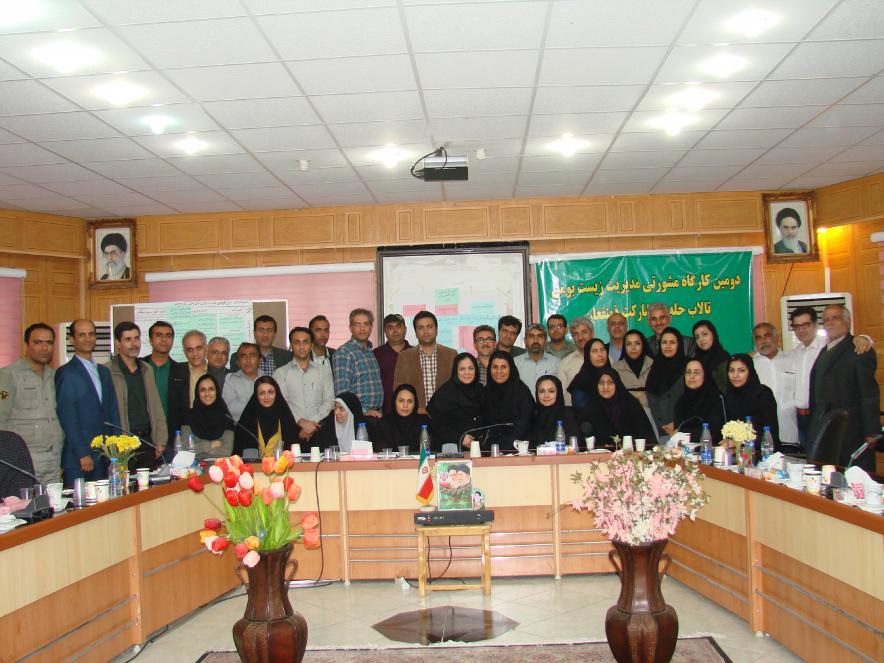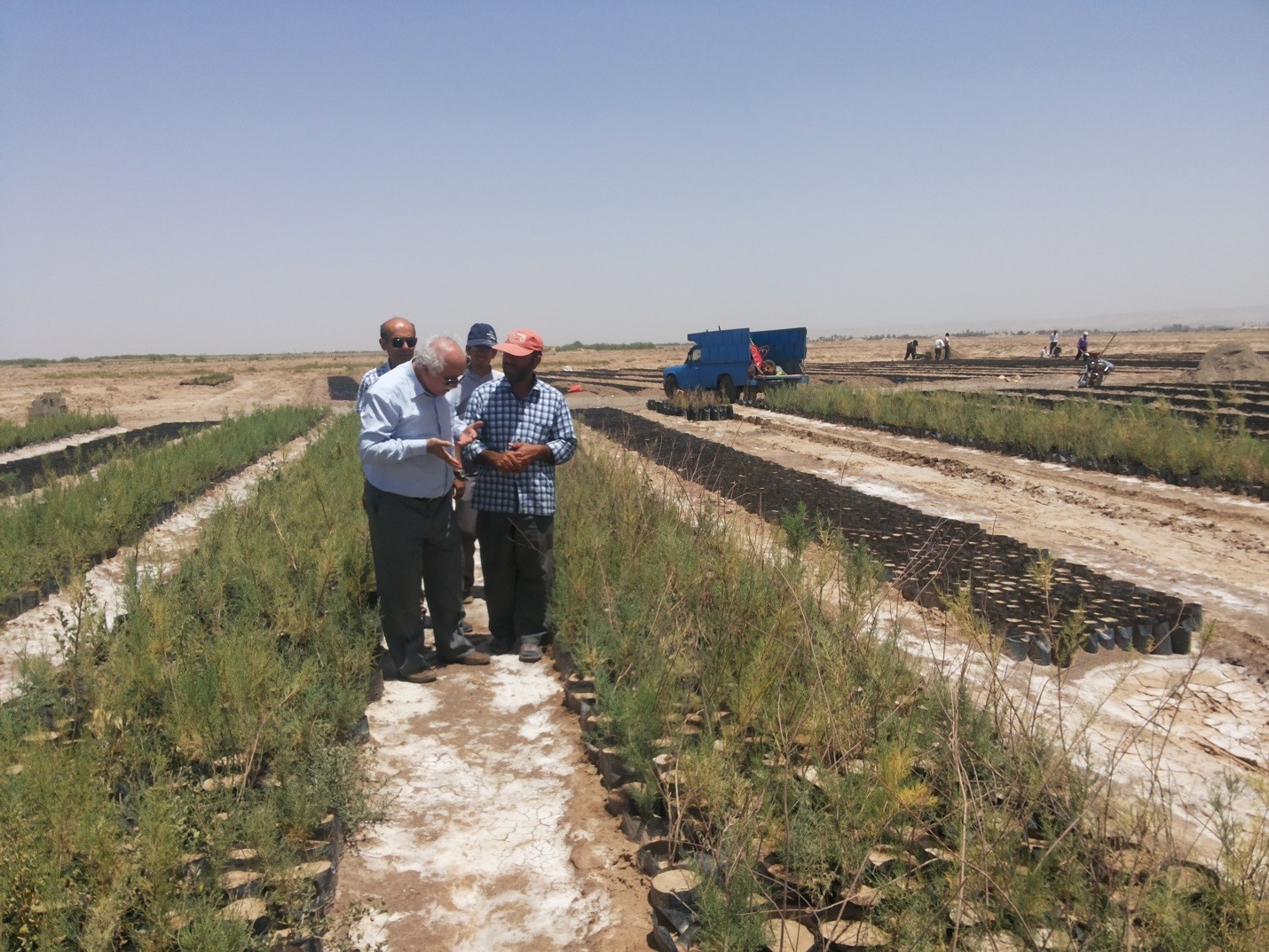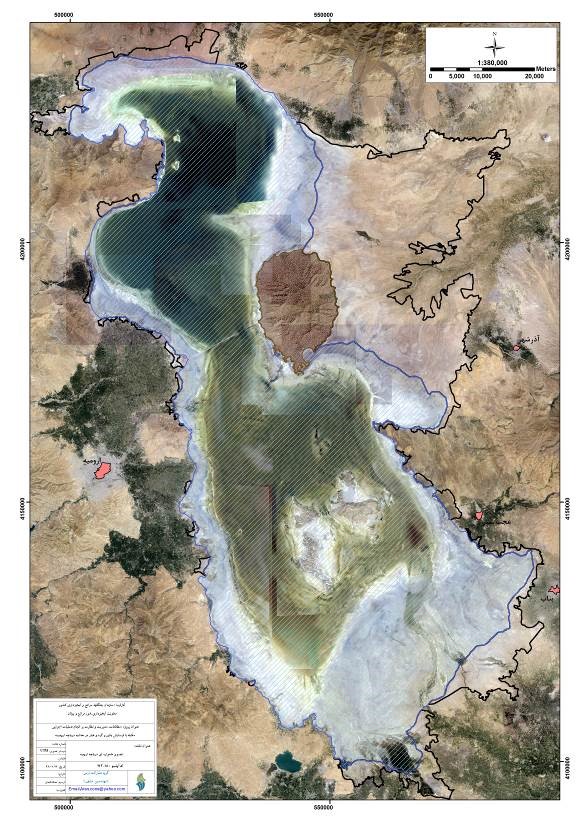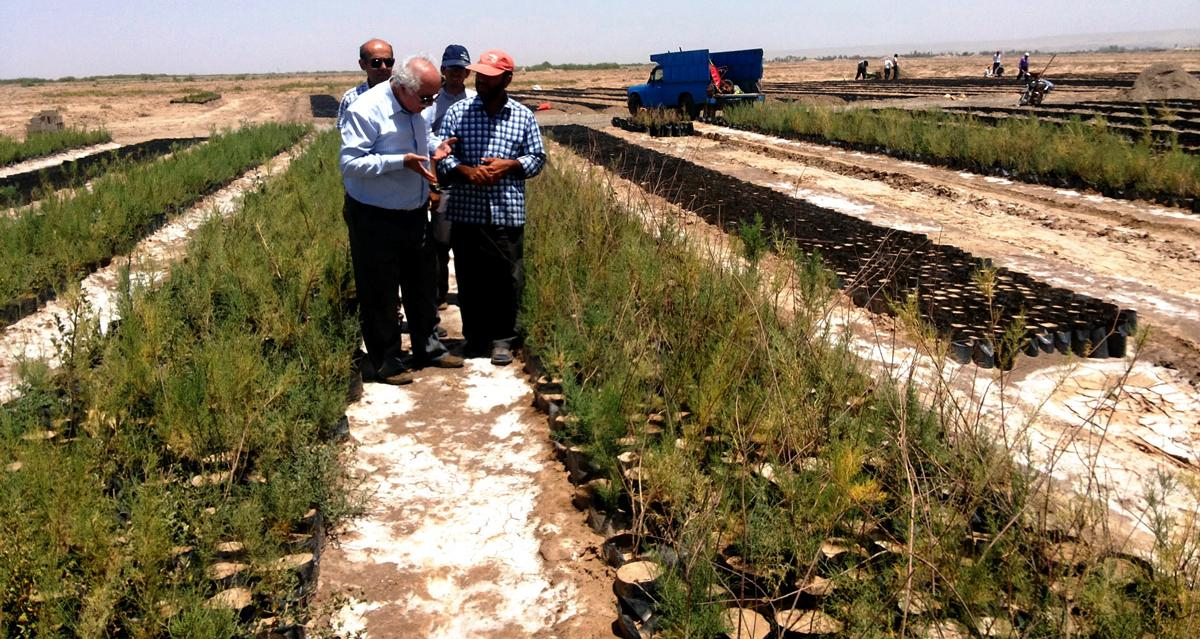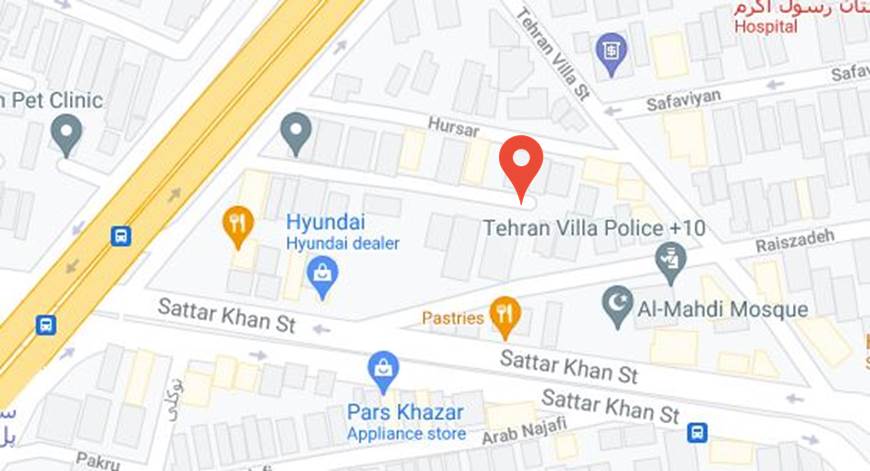Type of the Project: Environment
Project status: Completed
Project location: Booshehr Province, Southwest of Iran
Project objective: Reduce and eliminate the threats to, and permanently sustain the Helleh wetland
Project starting date: 2014-Jun-16
Project completion date: 2015- Mar-20
Project duration: One year
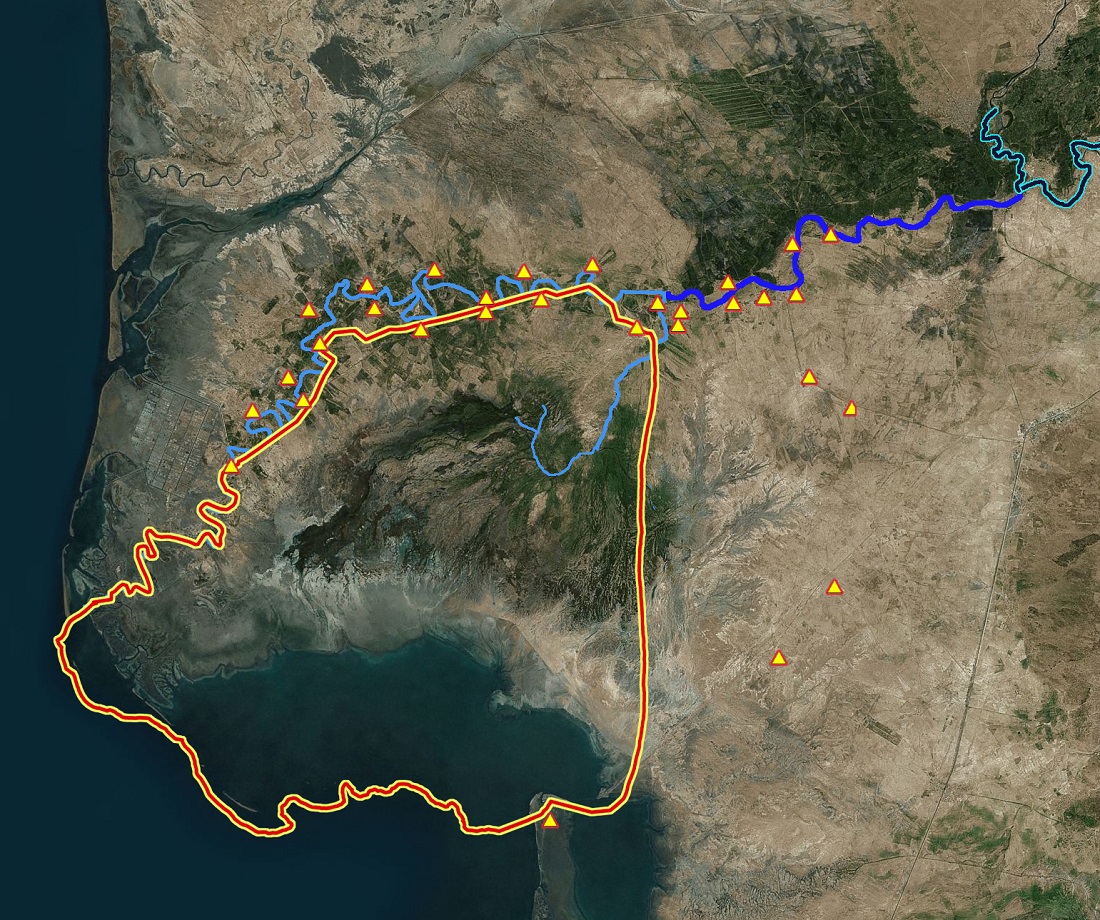
Abstract:
Helleh protected area (about 46783 ha) is located in Bushehr Province, in the southwest of the country. Helleh River is the main source of water supply at Helleh protected area. The construction of Rais Ali Dilavari Dam in 2008 has a significant impact on the discharge of the river. Cultivation of date palms and extra exploitation of water from Shapur and Dalaki rivers has increased water consumption and consequently reduction of entrance discharge of the rivers to the wetland. Moreover, climate change and reduction in rainfall have led to droughts and lack of water which ultimately water shortage has become acute.
Project objectives:
The project, defined on the basis of public-private partnership, supported by the UNDP and coordinated by the Government of Iran (Department of Environment) and the Global Environment Facility (GEF) aims to reduce and eliminate the threats to, and permanently sustain the Helleh wetland.

During the implementation of the project, a number of workshops were organized and conducted by Saman Ab Sarzamin Company as the consultant of the project, attended by beneficiaries and stakeholders of the project in 2015.
- Values and functions of Helleh wetland
Biodiversity of herbal species, suitable habitat for wetland birds, attendance of winter birds, tourism, prevent from soil erosion, controlling seasonal floods, a pasture of domestic animals, carbon cache, scientific and research and cultural values, high evaluation of foodstuffs and mineral material, improvement of handcrafts, operation and jobbing beside wetland.
- The threats for the lagoon included:
a. Ecologic: illegal hunting, reduction of biodiversity, wildlife fatality due to road establishment
b. Management: lack of comprehensive management plan, lack of coordination in works related to wetland management, lack of executive guarantee of laws
c. Sociable problems: changing usage of lands, lasting fire of farms to wetland intentional, land conflict, increasing space of farming and water consumption in water catchment, lack of human force of environment, lack of enough education for local societies
d. Water resources: accumulation of sediment of the river during a flood in entrance path to wetland, changing path of the river from the main branch, lack of releasing environmental water by beneficiaries and upstream dams, pollution of entrance water of wetland, inappropriate methods of irrigation and agriculture, famine, dam establishment in upstream, entering polluted drainage of odds to wetland
To facilitate the implementation of the proposed environmental management plan for Helleh Wetland, the organizational structure of the plan has been designed in three different levels: provincial, country, and local levels.

Project outcome:
Environmental management plan:
- Setting a plan as multi-sectoral and considering whole attitudes of a related group such as local societies
- Strong executive guarantee for the operating plan from approving management plan in planning council of province and agreement of it in national levels (if possible, in provincial travels of the cabinet)
- Coordination to make managing structure of Helleh wetland, describing responsibilities and method of communication of this structure with other
- Supplying enough financial resources
- Operating prioritized actions of the management plan by related systems and local societies and put a management plan in programming work
- Supervision on the operation of the plan from the local committee of wetland management and making monitoring system and evaluating the result of the plan
- Raising awareness of indigenous people by holding a specialized workshop



